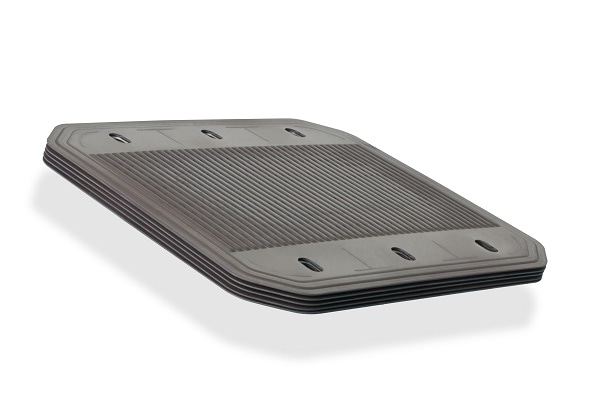Oct 19 2016

As part of the MeStREx (Metallic Stack for Range Extender) research project, Plansee is working together with partners from industry and research on an innovative "range extender".
It is designed to convert ethanol based fuels to electric power extremely efficiently, and is intended to allow the battery packs to be recharged autonomously and continuously, far from any external source of electrical power.
Fancy a long trip to the sun? Of course! After all, before long there should be nothing stopping people from taking a long-distance trip with an electric car. Launched recently, the "MeStREx" project is one of the leading initiatives in the "Mobility of the Future" program and is designed to free electric vehicles from the limitations of restricted range.
The project partners are Nissan Motor Manufacturing UK, AVL List, the CEET and IWT institutes at Graz University of Technology, Phystech Coating and Plansee.
MSC-Stacks from Plansee are a key-component of SOFC-based range-extender systems for electric vehicles.
At the heart of the "MeStREx" project lies the ongoing development of a high-temperature fuel cell (solid oxide fuel cell, SOFC) with a metallic support structure, that converts ethanol based fuels to electric power extremely efficiently.
The idea is that this fuel cell re-charges the vehicle's battery pack autonomously by environmentally friendly means. Conversion of bioethanol to electricity in an SOFC is carbon-neutral and is thus seen as the perfect complement to batteries.
Furthermore, the efficiency of the new fuel-cell-based system is far greater than that of engine-based range extender strategies.
From fuel cell to road trials: "MeStREx" in detail:
In the first phase of the project, Plansee, PhysTech Coating and the Graz University of Technology will be looking at further developing the metal-supported thin-film fuel cell, or MSC (Metal-Supported Cell). MSCs are highly efficient energy converters that are of particular interest for mobile applications.
Compared with fully ceramic cell systems such as ASC (Anode-Supported Cell) and ESC (Electrolyte-Supported Cell), the MSC offers far greater mechanical stability, which leads to very good thermal and redox behavior. MSCs have short startup times, are lightweight and have a high power to volume ratio.
In other words, they are ideal for mobile applications with limited installation space.
In a subsequent phase of the project, the metallic cells are laser welded together with metallic interconnects and metallic frames to form "repeat units". These are then assembled by Plansee to form an MSC stack. This phase of the research project focuses on different joining technologies and the selection of suitable materials for sealing and contacting.
The next step is to design the interface between the MSC stack, the range extender system and the electric vehicle. To achieve this, AVL, Plansee and Nissan are developing a suitable clamping and integration concept and are working on optimizing gas flow and insulation of the module in order to deliver the best possible overall efficiency.
The final phase of the MeStREx project will test the new range extender in a real test environment to establish feasibility. From Vienna to Rome? Who knows?
The MeStREx project is due to run for 36 months and is sponsored as part of the "Mobility of the Future" program of the Austrian Ministry for Transport, Innovation and Technology (BMVIT).